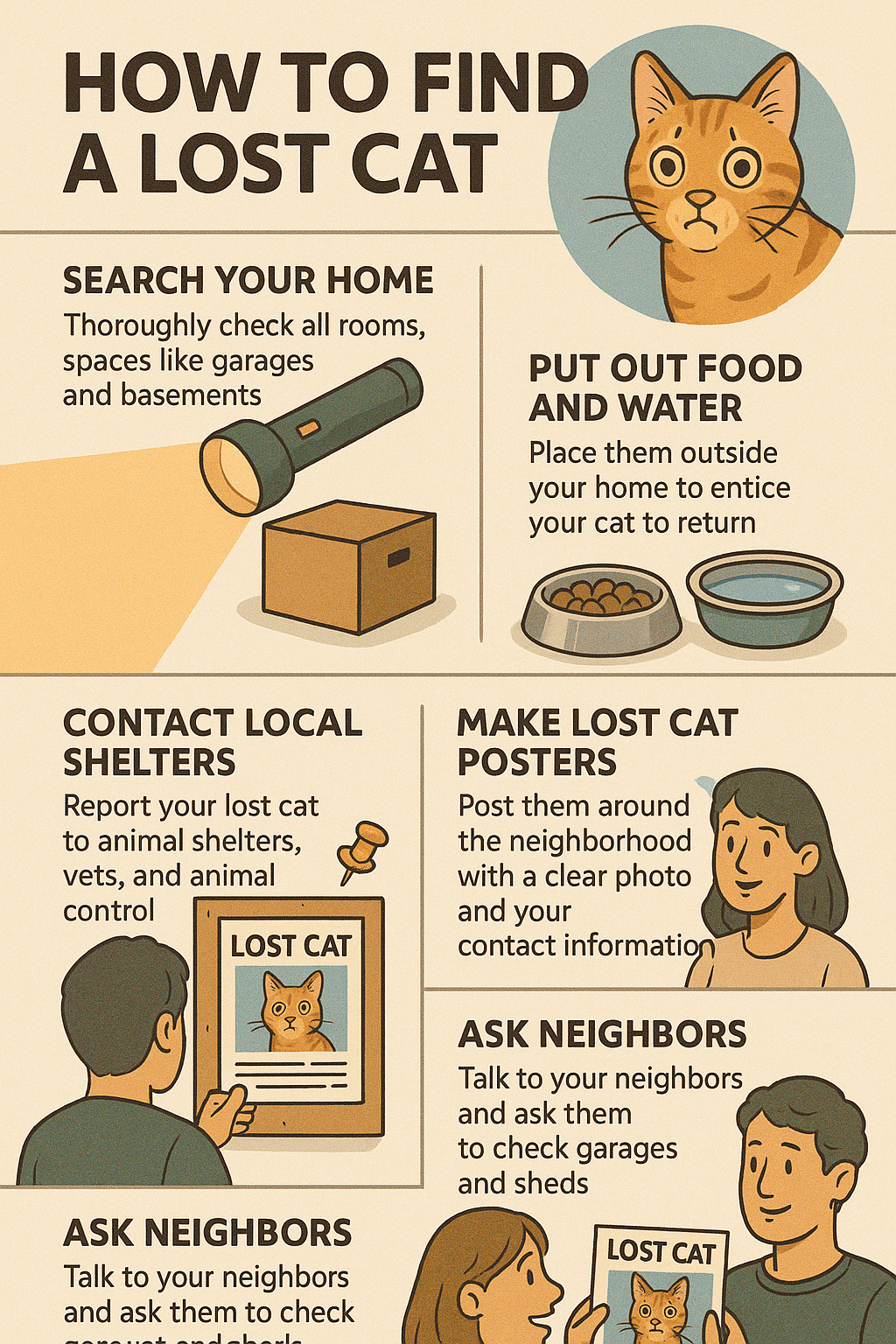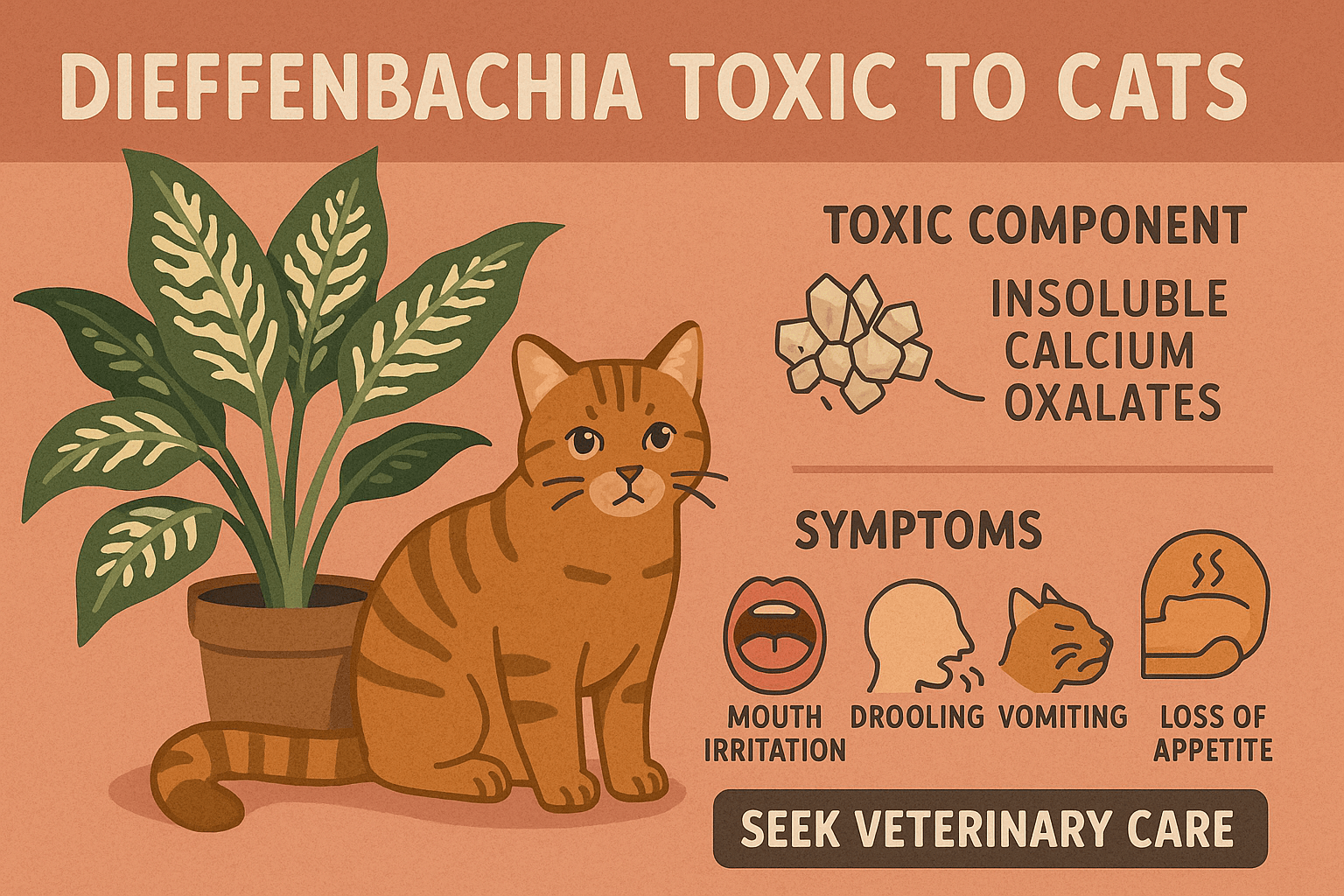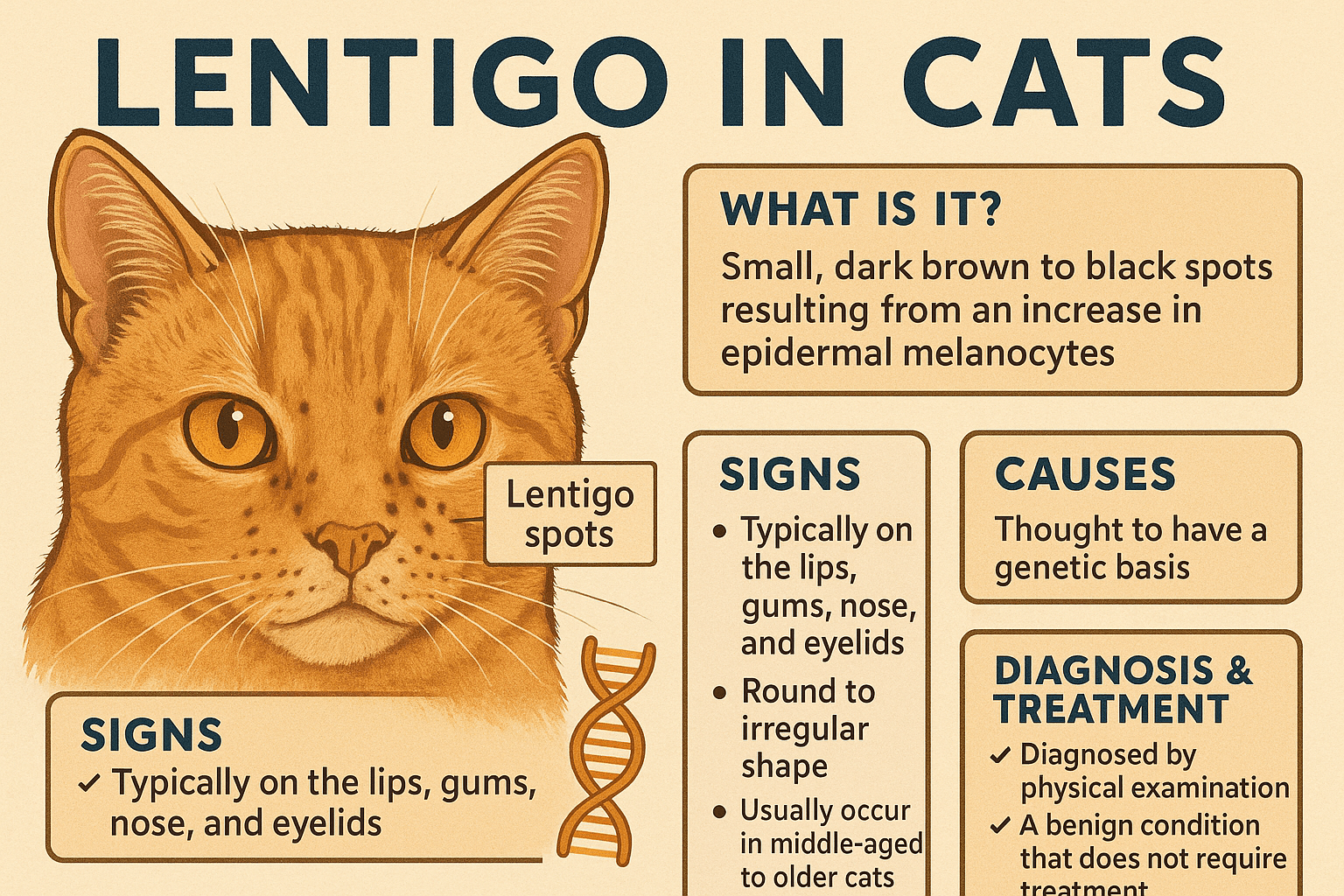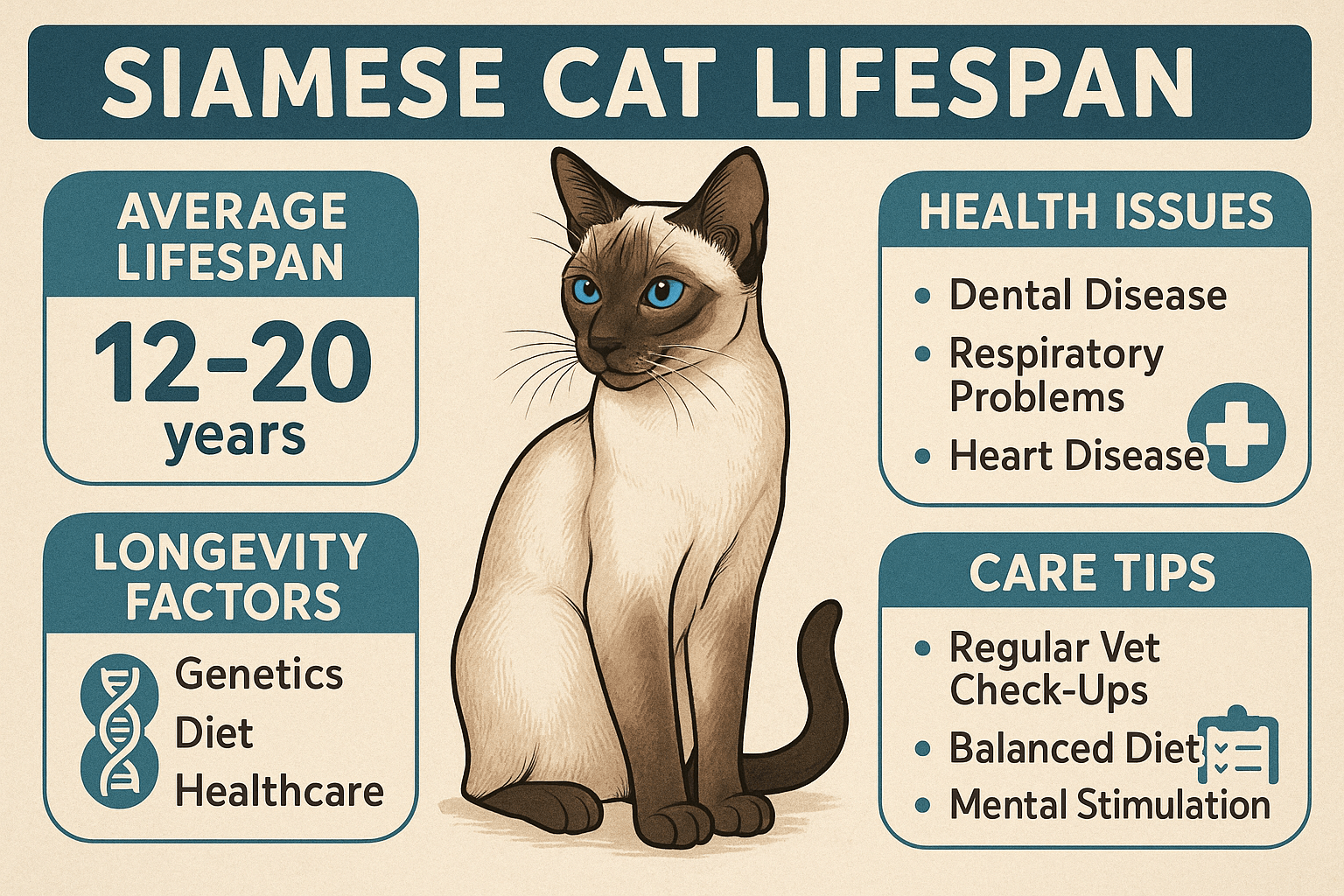Can Cats Eat Cactus?
Cats are naturally curious creatures, often exploring their surroundings with their paws and mouths. This curiosity can sometimes lead them to nibble on unusual plants, including cacti. But is it safe for cats to eat cactus? While some parts of certain cactus varieties may not be toxic, others can pose serious risks to your feline friend. Understanding the potential dangers and benefits of cactus consumption is essential for ensuring your cat’s safety. In this blog post, we’ll explore everything you need to know about cats and cacti, from which types are safe to how to handle accidental ingestion. Let’s dive into the prickly world of cats and cacti!
Potential Risks of Cats Eating Cactus
While cacti may seem harmless or even intriguing to your cat, they come with several risks that every pet owner should be aware of. These hazards range from physical injuries to potential poisoning.
Spines and Thorns:
The sharp spines of most cacti can puncture your cat’s mouth, throat, or digestive tract, causing pain and potential infections.Skin Irritation:
Some cacti produce sap or oils that can irritate your cat’s skin, leading to redness, swelling, or discomfort.Toxic Varieties:
Certain cacti, like the Christmas cactus or Easter cactus, may cause mild gastrointestinal upset if ingested in large quantities.Choking Hazards:
Small pieces of cactus can get lodged in your cat’s throat, leading to choking or difficulty breathing.Bacterial Contamination:
Outdoor cacti may harbor bacteria or pesticides, which can make your cat sick if ingested.
These risks highlight why it’s crucial to monitor your cat’s interactions with cacti and take precautions to prevent accidental ingestion.
Safe Alternatives to Cactus for Cats
If your cat shows interest in plants, there are plenty of safer alternatives to satisfy their curiosity without exposing them to the dangers of cacti.
Cat Grass:
Cat grass, such as wheatgrass or oat grass, is specifically grown for feline consumption and provides fiber and nutrients.Spider Plants:
Non-toxic and easy to grow, spider plants are a popular choice for households with curious cats.Boston Ferns:
These lush, non-toxic plants add greenery to your home while being safe for cats to nibble on occasionally.Bamboo:
Hardy and pet-friendly, bamboo is an excellent decorative plant that won’t harm your cat if chewed.Herbs Like Mint or Basil:
Certain herbs are safe for cats and can even provide sensory enrichment when smelled or tasted.
By offering these alternatives, you can redirect your cat’s attention away from potentially harmful plants like cacti.
Check this guide 👉Can Cats Eat Coleslaw? Best 7 Expert Tips!
Check this guide 👉Can Cats Eat Swordfish? Best 7 Expert Tips!
Check this guide 👉Can Cats Eat Monstera? Best 7 Expert Tips!
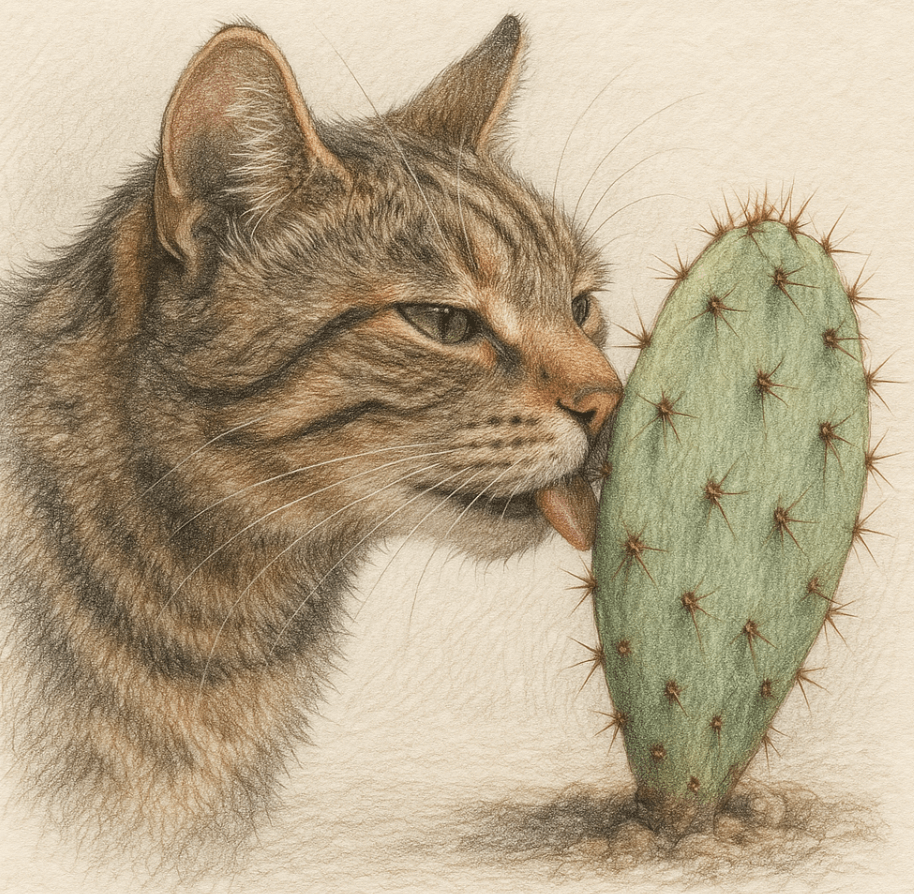
Safe Plants for Cats | Plants to Avoid Around Cats |
|---|---|
Cat grass (wheatgrass, oat grass) | Christmas cactus |
Spider plants | Poinsettias |
Boston ferns | Aloe vera |
Bamboo | Lilies |
Mint or basil | Sago palm |
Signs Your Cat May Have Eaten Cactus
If you suspect your cat has nibbled on a cactus, watch for these warning signs that indicate they may be experiencing discomfort or distress.
Excessive Drooling:
Drooling can occur if spines irritate your cat’s mouth or throat.Vomiting or Diarrhea:
Gastrointestinal upset is a common reaction to ingesting non-toxic but indigestible plant matter.Pawing at the Mouth:
This behavior suggests your cat may have spines stuck in their gums or tongue.Lethargy or Loss of Appetite:
If your cat seems unusually tired or refuses to eat, it could signal internal irritation or injury.Visible Wounds or Swelling:
Check your cat’s face, paws, or body for any signs of punctures or inflammation caused by cactus spines.
Recognizing these symptoms early allows you to act quickly and prevent further complications.
How to Prevent Your Cat from Eating Cactus
Preventing your cat from interacting with cacti requires a combination of supervision, environmental adjustments, and training.
Place Cacti Out of Reach:
Keep cacti on high shelves or in rooms your cat cannot access to eliminate temptation.Use Protective Barriers:
Surround cacti with decorative fences or plant stands to create a physical barrier between your cat and the plant.Provide Distractions:
Offer toys, scratching posts, or interactive games to redirect your cat’s attention away from plants.Teach Boundaries:
Use positive reinforcement to train your cat to stay away from specific areas where cacti are kept.Opt for Pet-Friendly Plants:
Replace hazardous cacti with non-toxic plants that won’t harm your cat if chewed.
Taking these steps ensures your home remains a safe and enjoyable space for your feline companion.
Common Mistakes to Avoid When Keeping Cacti Around Cats
Even well-meaning pet owners can make mistakes when introducing cacti into a cat-friendly home. Here are some pitfalls to avoid.
Underestimating Curiosity:
Never assume your cat will naturally avoid a cactus—they might investigate it out of boredom or curiosity.Ignoring Spine Removal:
Even small spines can cause significant discomfort; failing to remove them promptly can worsen the situation.Placing Cacti Too Low:
Keeping cacti within jumping distance increases the risk of accidental encounters.Using Toxic Potting Soil:
Some soils contain additives that are harmful to cats, so always check ingredients carefully.Neglecting Veterinary Advice:
Skipping a vet visit after ingestion can delay treatment and exacerbate health issues.
Avoiding these mistakes ensures a safer environment for your cat.
Benefits of Cat-Safe Plants in Your Home
Introducing cat-safe plants to your home offers numerous benefits beyond simply avoiding danger.
Mental Stimulation:
Safe plants encourage exploration and provide sensory enrichment for indoor cats.Improved Digestion:
Certain plants, like cat grass, can aid digestion by helping your cat expel hairballs more easily.Aesthetic Appeal:
Pet-friendly plants enhance your home’s decor without compromising your cat’s safety.Stress Reduction:
Greenery has calming effects on both humans and animals, creating a peaceful atmosphere.Bonding Opportunities:
Sharing safe plants with your cat fosters trust and strengthens your bond.
These advantages make cat-safe plants a win-win addition to any household.
How to Train Your Cat to Avoid Harmful Plants
Training your cat to steer clear of harmful plants like cacti requires patience and consistency. Here are some strategies to try.
Use Positive Reinforcement:
Reward your cat with treats or praise when they ignore a cactus or stay away from restricted areas.Apply Bitter Sprays:
Non-toxic bitter sprays can deter cats from chewing on plants by making them taste unpleasant.Create No-Go Zones:
Use baby gates or deterrent mats to block access to areas where cacti are kept.Redirect Attention:
Provide engaging toys or activities to distract your cat from investigating plants.Be Consistent:
Reinforce boundaries regularly to establish long-term habits and reduce curiosity-driven behaviors.
With persistence and creativity, training can transform your cat’s relationship with plants for the better.
Frequently Asked Questions About Cats and Cacti
Are all cacti toxic to cats?
Not all cacti are toxic, but many have sharp spines or irritating sap that can harm cats. Always research the specific variety before introducing it to your home.
What should I do if my cat eats cactus?
Remove any visible spines carefully, monitor for symptoms, and contact your veterinarian if you notice signs of distress.
Can indoor cacti be safer than outdoor ones?
Indoor cacti are less likely to carry pesticides or bacteria, but they still pose risks due to spines and potential toxicity.
Do cats naturally avoid cacti?
Most cats instinctively avoid cacti, but curious or bored cats may investigate them despite the risks.
Are succulents different from cacti?
While similar, not all succulents are cacti. Some succulents are safe for cats, but others can be toxic, so always verify their safety.
Creating a Safe Environment for Your Curious Cat
While cacti can add beauty and texture to your home, they’re not always the best choice for households with cats. By understanding the risks associated with cactus consumption and taking proactive measures to protect your pet, you can ensure their safety without sacrificing your love for plants. Offering cat-safe alternatives and staying vigilant about your cat’s behavior will help you maintain a harmonious and hazard-free environment. Remember, your cat’s well-being is worth the extra effort—so keep those spiky plants out of reach!
How to Find a Lost Cat: Best 7 Expert Tips! Discover actionable strategies to locate your missing cat, understand their behavior, and prevent future escapes with expert advice.
Is Dieffenbachia Toxic to Cats? Best 7 Expert Tips! Discover the dangers of Dieffenbachia, symptoms of poisoning, and how to keep your cat safe with expert advice and preventive measures.
Lentigo in Cats: Best 7 Expert Tips! Discover expert advice on understanding, identifying, and managing lentigo in cats to ensure your feline's health and happiness.
Siamese Cat Lifespan: Best 7 Expert Tips! Discover how to maximize your Siamese cat’s longevity with expert advice on health, care, and lifestyle for a happy, thriving feline companion.

